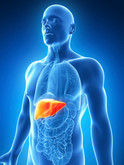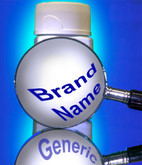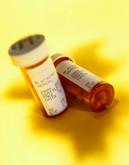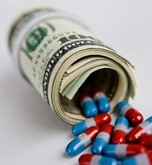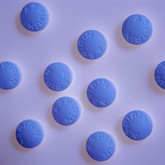Generics/Research
Generic Drug User Fee Act is a benefit to the Indian pharmaceutical industry, study finds
The Generic Drug User Fee Act (GDUFA) has had positive effects on generics manufacturers in India, providing increased return on investment and encouraging compliance with US regulation, recent analysis suggests [1].
Adherence to generic versus brand-name statins and associated clinical and economic outcomes
Despite evidence supporting the efficacy of statins for the treatment and prevention of cardiovascular disease, a lack of adherence to statin treatment continues to be a major problem. Sicras-Mainar and colleagues investigated real-world treatment persistence and medical possession for generic versus brand-name statins used in routine clinical practice, and assessed associated clinical and economic outcomes [1].
Costs and prices of entecavir to treat Hepatitis B
In an analysis of the costs and target prices of Hepatitis B treatment entecavir, author Andrew Hill from Liverpool University, UK and colleagues from Imperial College London, UK and Howard University, Washington DC, USA investigated how use of generics is affecting the cost of Hepatitis B treatment around the world [1].
Mixed beliefs about generics among patients in a Malaysian hospital
The Malaysian Government is heavily subsidizing public healthcare expenditure in order to provide access to health care for all citizens. In 2017, total healthcare expenditure in the country was approximately 9.4% of the annual budget. In order to overcome the increasing cost of health care, the government has implemented a National Generic Medicine Policy in 2006 to promote healthier competition in medicine pricing and to make medicines more affordable to the general public. After 10 years of policy implementation, authors from the Ministry of Health Malaysia assess patients' beliefs about generics.
Market evolution of new drug formulations
Brand-name drug manufacturers sometimes create modified versions of their approved drugs which can include new strengths, dosage forms, or delivery routes. This product modification can meaningfully increase patient treatment options; however, some cases have come under scrutiny as they do not offer any clear therapeutic advantages. This second practice is a form of ‘product hopping’, a method used by manufacturers to prolong revenue streams related to market exclusivity. Complementary strategies such as product discontinuation can augment the impact of product hopping.
Factors associated with increased side effects and lower perceived efficacy when switching to a generic
In 2017, the New Zealand Pharmaceutical Management Agency (PHARMAC) changed the funded version of the antidepressant venlafaxine from Efexor XR (the branded originator) or Arrow-Venlafaxine XR (a generic version) to a new generic, Enlafax XR. MacKrill and Petrie examined differences in preferences and perceptions between patients switched from the originator branded venlafaxine to the new generic, and those switched from the old generic version [1]. Specifically, they investigated the factors associated with preference for branded medicines, side effects reported following switching and efficacy ratings of the new generic.
Escalating prices of generic drugs in the US
Generic prescription drug prices have been escalating rapidly in the US. In 2014, generic drug prices increased by 38% on average. Public outcry has led to a flurry of legislative proposals, and two federal bills were introduced in 2017 to improve price transparency and identify drugs exhibiting outlier ‘price spikes’, however, both remain unenacted. In the first three months of 2018, 53 drug pricing transparency bills were initiated in 23 state legislatures.
The 700-dollar vitamin: excessive generics prices in the US
Authors from Johns Hopkins University School of Medicine discuss excessive prices for generics in the US, using vitamin K1 as an example [1].
Impact of generic reference pricing on candesartan and rosuvastatin use in South Africa
Researchers from South Africa and The Netherlands investigated the effect that generics and generic reference pricing has on candesartan and rosuvastatin use in South Africa [1].
Safety of brand-name and generic angiotensin II receptor blockers
Authors of a study carried out in Canada found that there is still uncertainty regarding generics substitution of angiotensin II receptor blockers (ARBs) [1].


